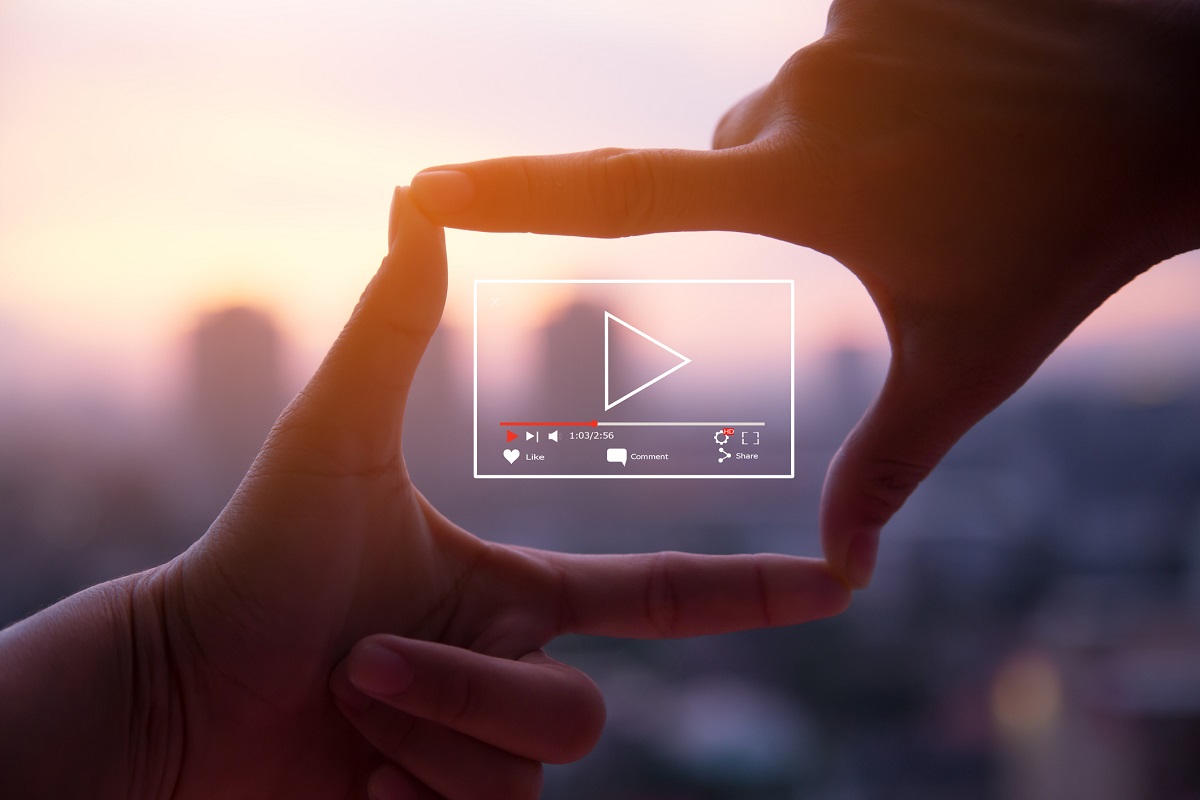The growth of TikTok around the world, as well as Instagram’s recent release of ‘Reels’, is evidence of the increase in streaming video consumption, with most of the consumers choosing to view short clips on their smartphones. Users frequently share these brief films, dubbed ‘snackable content’ on their social media feeds as well as through messaging applications like WhatsApp, Facebook Messenger, and WeChat. Most large businesses have long recognized the value of snackable video content as part of their overall marketing initiatives and have been capitalizing on this trend, with 93 percent of marketers stating that it is a key aspect of their marketing technique.
What is the definition of video marketing?
Advertisement
Before we go into video marketing, let’s pause for a moment and look at today’s customer, who spends a significant portion of her day on her smartphone. Her life revolves around the phone, from reading the news to monitoring the social feeds, interacting with friends, family, and relatives, to buying and amusement. This provides marketers with a variety of interfaces to reach out through search engine marketing, ad placements on famous websites, and promoted advertisements based on their interests on social feeds.
Advertisement
Returning to our customer, he or she is well aware of the ‘techniques’ employed by marketers to entice their attention. As a result, they consider other options for determining which product is best for them. This is where influencers and other forms of ‘word of mouth’ marketing come into play. When a product is suggested by a friend, family, or someone they trust, users are more willing to trust it. As a result, marketers have been enlisting the help of well-known influencers to generate content highlighting their products. This takes the shape of product reviews, unboxings, and how-to videos, among other things.
What are the commercial advantages of video marketing?
Days are gone when a company could simply design a ‘360 Campaign’ and expect success. While some firms, particularly in the beauty, wellness, and lifestyle market, perceive value in partnering with celebs to promote their products, this merely serves to increase customer awareness of the promoted brand’s products or services. Consumers still want to hear what others have to say about a product, browse the reviews on online marketplaces, and compare items before making a purchase.
This is where video marketing can help! Video marketing allows firms to develop a closer connection with consumers by reaching them while they’re reading through their social feeds or searching for a solution on YouTube or through a search engine.
By generating unique video content that covers various stages, brands may reach out to customers at various points of their consumer journey. In fact, 96 percent of people have viewed an explainer film to understand more about any product or service, according to a study. Furthermore, like brand videos or television commercials, these videos are inexpensive to produce, allowing firms to simply develop a series without spending a lot of money!
What effect does it have on conversions?
According to a consumer survey, 69 percent of users prefer to know about a product or service by watching a short video, compared to 18 percent who prefer reading a text-based article, website, or post, and only 4% who prefer to view an infographic.
The finest thing about video marketing is that it assists brands in converting customers by offering connections to the brand’s website or marketplace store. These connections can be included at the end of the clip, as a call-out somewhere at bottom of the film, and in the description of the video with other useful links to the brand’s website, social media sites, and so on, to increase confidence.
According to Wyzowl’s research, 94 percent of marketers believe video has aided in enhancing customer understanding of the product or service, and 84 percent believe video has aided in generating leads.
(By Yorick Pinto, Creative Director, BC Web Wise)
Advertisement
















